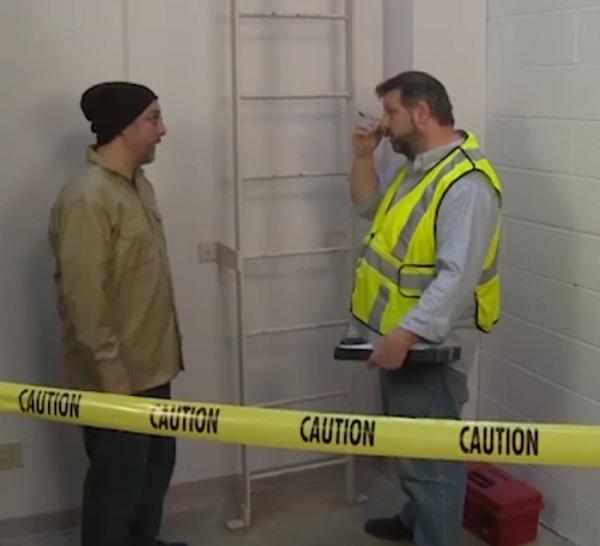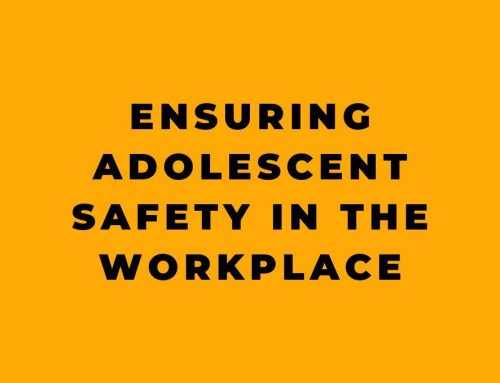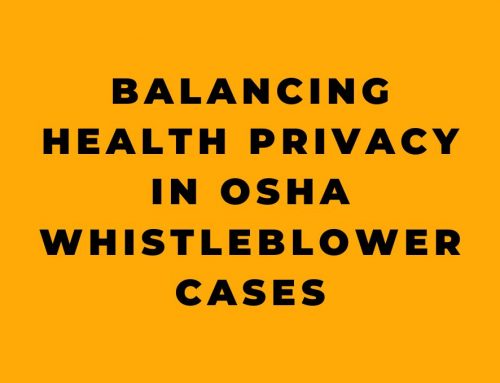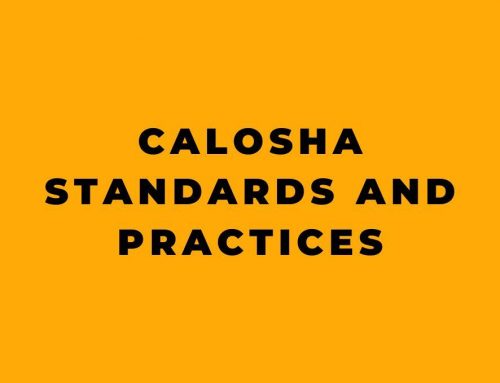Workplace injuries and illnesses can have devastating impacts on workers, their families, and employers. To help make workplaces safer, the Occupational Safety and Health Administration (OSHA) has established regulations for recording and reporting work-related injuries and illnesses. This comprehensive guide provides an in-depth look at OSHA’s recordkeeping rule and how it helps protect workers across the United States.
Introduction
This article is based on an online training course that explains OSHA’s recordkeeping requirements for employees. Understanding these regulations is crucial for ensuring workplaces track information properly so that hazards can be identified and corrected. While employers bear most of the recordkeeping responsibilities, employees play a vital role as the “eyes and ears” of the system by reporting work-related incidents.
The Value of OSHA Recordkeeping
OSHA’s recordkeeping system, outlined in 29 CFR Part 1904, provides a standardized way for employers to document work-related injuries and illnesses at their facilities. This information has many important uses:
- Employers can analyze the data to identify hazardous conditions and activities in their workplaces. By pinpointing problem areas, they can take steps to eliminate hazards and prevent future incidents.
- Aggregated data from employers across the country helps OSHA identify emerging risks in workplaces on a national scale. This allows the agency to develop new regulations or update existing ones aimed at controlling or eliminating widespread hazards.
- Records provide data that may be useful for employers in evaluating safety programs and for researchers analyzing occupational health trends.
- Information on the OSHA 300A summary form shows employees the injuries and illnesses occurring at their workplace and helps increase awareness of unsafe conditions.
While recordkeeping itself does not increase safety, the process generates crucial data that drive preventative action when properly utilized by employers and OSHA. However, the system only works effectively when employees participate by reporting work-related incidents accurately and promptly.
Who Is Covered by the Recordkeeping Rule?
OSHA’s recordkeeping regulations apply to most private sector employers in the United States and its territories, as well as federal, state, and local government agencies. Specific exemptions exist for self-employed individuals, farms with 10 or fewer employees, and certain low-hazard industries like retail and service. Despite these exemptions, the rule covers over 7 million establishments nationwide.
The rule requires records to be kept for all employees on an employer’s payroll, regardless of whether they are:
- Full-time or part-time
- Hourly or salaried
- Temporary or permanent
- Seasonal or contract
Records must also be maintained for minors and migrant workers. Personnel at all levels of an organization are covered, from executives to laborers. So virtually all workers at covered organizations play a role in the recordkeeping process.
Defining Work-Related Injuries and Illnesses
A key aspect of recordkeeping is determining which incidents are considered work-related under OSHA’s definition:
“An injury or illness is work-related if an event or exposure in the work environment either caused or contributed to the resulting condition or significantly aggravated a pre-existing injury or illness.”
This broad definition encompasses a wide range of scenarios. But there are certain situations where an injury or illness is not considered work-related:
- At the workplace but outside normal work hours
- Resulting from voluntary participation in wellness programs and recreational activities
- Caused by eating, drinking, or preparing food for personal consumption
- Colds, flu, and other minor illnesses
These exceptions highlight that work-relationship is based on both when and how an injury or illness occurs. However, contagious diseases like tuberculosis are considered work-related if transmitted at work. Determining work-relationship can be complex, so employees should report details on an incident completely and accurately to aid the decision-making process.
Identifying Recordable Cases
Of the work-related injuries and illnesses that occur, only the most serious cases must actually be recorded based on OSHA requirements. Minor incidents requiring only first aid do not need to be recorded. Recordable cases include those that involve:
- Death
- Loss of consciousness
- Days away from work
- Restricted work activity or job transfer
- Medical treatment beyond first aid
- Significant work-related injuries or illnesses diagnosed by a health care professional
Lost workdays, restrictions, and transfers must be tracked for musculoskeletal disorders and illnesses like carpal tunnel syndrome or tendinitis. Cases involving medical treatment, loss of consciousness, and diagnoses by health care professionals are also recordable.
Common Recordable Injuries and Illnesses
Certain categories of injuries and illnesses make up large portions of overall recordable incidents in workplaces each year:
Musculoskeletal Disorders
MSDs like carpal tunnel syndrome, tendinitis, and back pain often result from repetitive motions, awkward postures, heavy lifting, and other ergonomic risk factors. Employers must track lost or restricted days for these soft tissue injuries. Proper workstation setup, regular breaks, and use of mechanical aids can help prevent MSDs.
Cuts, Lacerations, Punctures
Severe cuts and puncture wounds are recordable based on the extent of treatment required. Deep wounds needing sutures, treatment by a doctor, or time off for healing must be recorded. Properly guarding equipment and wearing cut-resistant gloves prevents many lacerations.
Burns
Thermal and chemical burns requiring medical care beyond first aid must be recorded. Wearing protective gear and establishing safety protocols for hot work can reduce burn hazards. Prompt first aid can lessen the severity when burns do occur.
Needlesticks and Bloodborne Pathogen Exposures
Percutaneous injuries from needles or other sharps that expose employees to bloodborne pathogens are recordable due to the potential for transmitting infections like HIV and hepatitis C. Usage of safer sharps devices and proper handling procedures reduce these risks.
Fractures
Broken bones other than minor fingers and toe fractures require recording. Engineering controls, proper protective equipment, employee training, and good housekeeping all help prevent fall and impact hazards that can cause fractures.
Reporting Injuries and Illnesses
While employers are responsible for making recordability decisions and completing the necessary forms, employees play a crucial role by properly reporting work-related injuries and illnesses. Following these guidelines helps ensure incidents are reported accurately:
- Report issues promptly to supervisors after seeking medical treatment if needed. Delays can lead to forgotten details.
- Provide sufficient detail about what happened, but avoid speculating beyond the facts. If more information is needed, the employer will request it.
- Answer any follow-up questions as thoroughly as possible. Investigations aim to understand root causes, not place blame.
- Understand that patience is needed to compile an accurate account. Getting upset or defensive hinders the process.
- Recognize that the goal is making the workplace safer. Employees who report issues promptly and truthfully help achieve this goal.
Maintaining OSHA Recordkeeping Forms
OSHA has established specific forms that must be used to record injuries and illnesses:
OSHA Form 300 “Log of Work-Related Injuries and Illnesses”
- Serves as a log listing details of each recordable case.
OSHA Form 301 “Injury and Illness Incident Report”
- Provides information on the employee, diagnosis, and circumstances of each case. Must be completed within 7 days of an event.
OSHA Form 300A “Summary of Work-Related Injuries and Illnesses”
- Provides annual summary totals in different case categories. Must be posted where employees can access it from February to April.
Employers must keep these forms for 5 years to keep records up-to-date and available for review. The forms provide information that can be analyzed to identify safety improvements that should be made. Employees should check posted 300A forms and can request copies of other records documenting an injury or illness they suffered.
Employee Rights and Protections
OSHA prohibits employers from discriminating against employees for:
- Reporting a work-related injury or illness
- Filing a safety and health complaint
- Asking for access to injury and illness records
Employers cannot retaliate through actions such as termination, demotion, denial of benefits, or threats. Employees who experience discrimination for exercising their recordkeeping rights should file a complaint with OSHA as soon as possible. OSHA may investigate and take legal action against employers found violating worker protections.
The Importance of Employee Involvement
For the recordkeeping system to succeed, employees need adequate training and an understanding of their roles and rights in the process. They must feel free to report issues without fear of reprisal. Management should engage workers to gain insight into hazards requiring control. Maintaining open communication and a positive safety culture creates an environment where recordkeeping enhances efforts to continuously improve workplace safety.
Conclusion
While OSHA’s recordkeeping rule creates compliance responsibilities for employers, it also empowers employees by granting important rights along with a central role in reporting vital information. Workers who understand the system’s function and protections can help create safer, healthier workplaces. Comprehensive and accurate records generated through their active involvement become powerful data that drive critical improvements in occupational safety and health.










